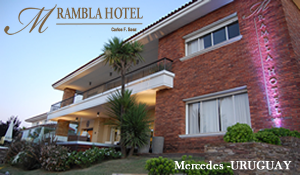MercoPress. South Atlantic News Agency
Dakar rally considered a “gold mine” for northern Chile tourism industry
The Dakar Rally that began in the Southern Cone on New Year's Day has some people applauding, but others not so happy.
The Dakar Rally is divided between Argentina and Chile and includes eight days of racing in Chile before concluding January 16 in Buenos Aires.
Promoters in northern Chile - where most of the Chile segment takes place - say the rally is a gold mine for the local tourism industry because it attracts tourists and promotes northern Chile. They say participating cities rake in as much as 700,000 USD daily when the Dakar Rally passes through.
But one tourist was run over and killed Saturday, and environmental leaders warn about the Rally's impact on fragile desert ecosystems.
And Rally organizers rerouted the race 38 km north of the Santiago, rather than pass through Santiago's Parque O'Higgins as originally planned and risk upsetting Santiago traffic.
This kind of scepticism, however, upsets Rally supporters like Chilean racer Luis Miguel Carmona. "In Buenos Aires the race started at the Obelisk in the city centre," said Carmona. "Paris, Lisbon, and Barcelona have all spent thousands to bring the race to their cities, unlike Chile, where Santiago was bypassed."
Carmona and other promoters say Dakar provides a golden opportunity to promote Chile's geographic beauty and diversity to a worldwide audience of an estimated two billion people.
The race in Chile "presents a million dollar business," said Oscar Santelices, director of Sernatur, the state's tourism promotion office.
Giancarlo Coronata, chairman of the Antofagasta Chamber of Commerce, gives the race an unqualified thumb up, saying it will bring about 6,000 spectators to the region who will spend as much as 120 USD daily on lodging, food, transportation and recreation.
The Chilean government invested 6 million USD to help host the Dakar Rally 2010.
By Kamille Go - Santiago Times



